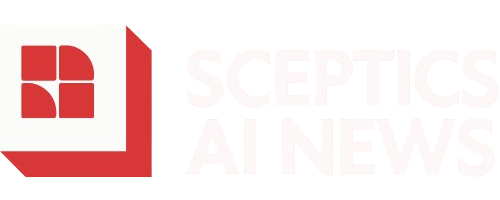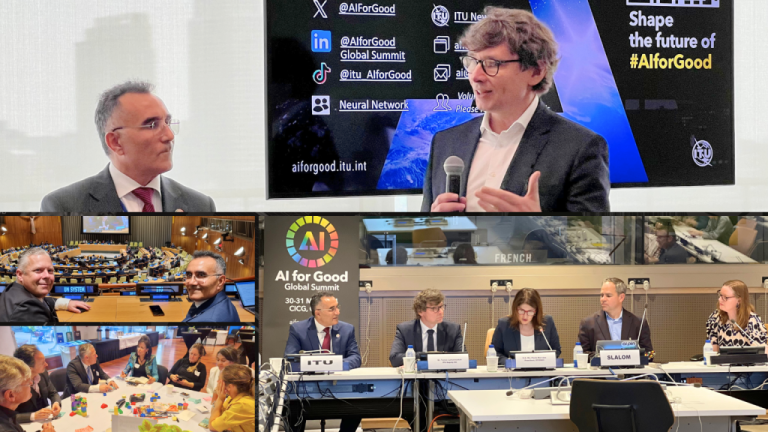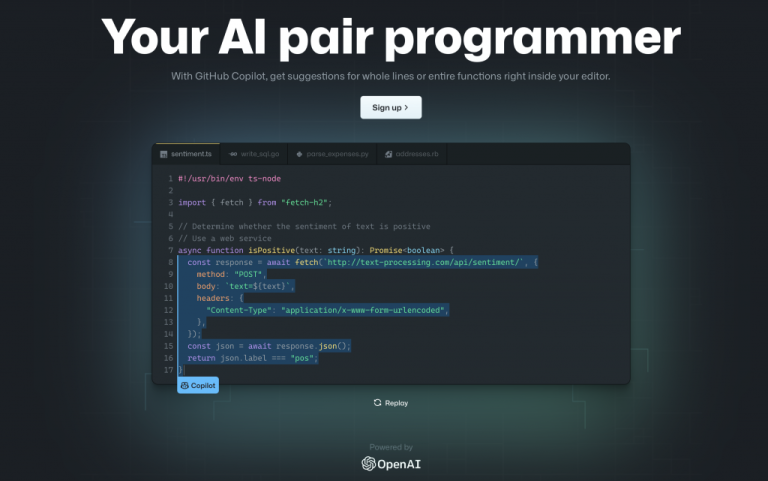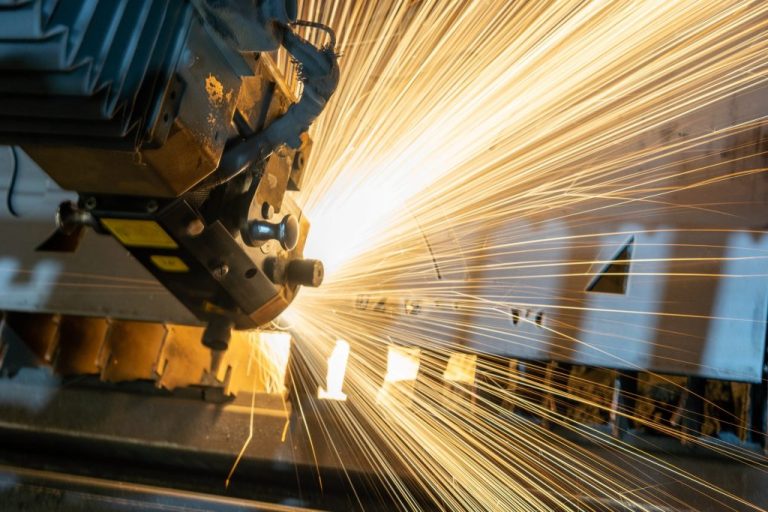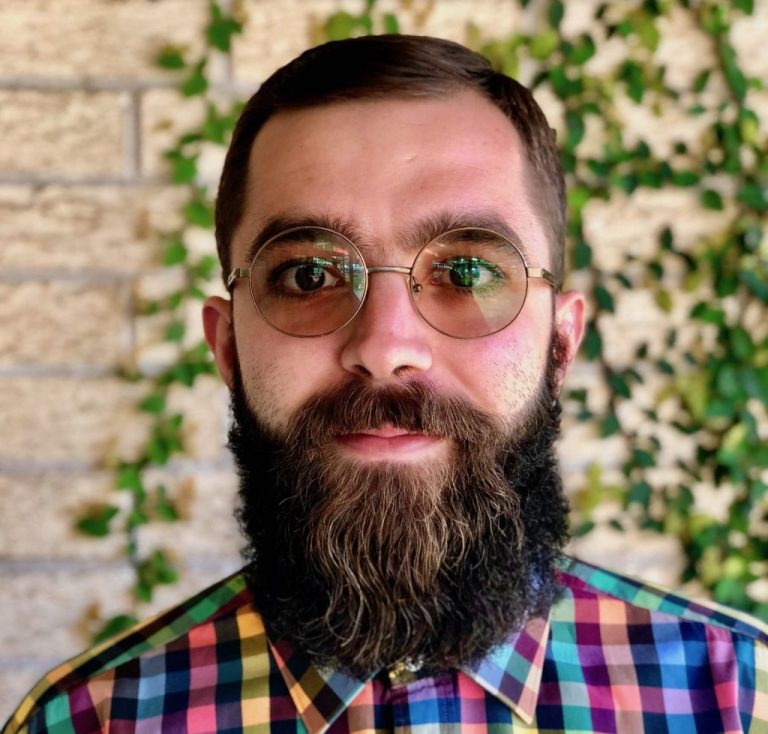“Empower Lives Without Superpowers: Harnessing Robots and Purpose for Change”
The Robotics for Good Youth Challenge
Since its inception in 2024, the Robotics for Good Youth Challenge has emerged as a dynamic platform for young trailblazers across the globe to innovate and create robots aimed at enhancing life-saving operations in perilous emergency scenarios. To date, this challenge has engaged participants from 40 countries, amassing over 7,500 enthusiastic individuals and 1,200 dedicated teams. In March 2025, this movement came to life in Ethiopia with a national event, thanks to the collaboration with Seattle Academy Ethiopia. Amongst the remarkable entries, one team captured our attention: RoboKai, composed of six dedicated students from Diamond Academy and various schools in Addis Ababa.
“We are RoboKai, a group of six enthusiastic students from Addis Ababa who are eager to use robotics to tackle pressing challenges,” the team expressed. “Participating in the 2025 Robotics for Good Youth Challenge has fueled our passion to transform creativity into tangible impact.”
Guided by the mentorship of Noah Getachew Birhanemeskel, these students combined their unique skills in programming, robotics, design, and communication to develop their innovative rescue robot.
“This year, our mission is to create a robot that mimics rescue operations during emergencies. Through teamwork, experimentation, and countless late-night sessions, we crafted a compact robot designed to identify and transport ‘injured’ individuals, represented by blocks, to safety. This journey has empowered us to translate our ideas into functional machines that exemplify both empathy and engineering.”
The robot operates with a well-defined strategy and impact in mind. “Our robot executes rescue operations by detecting, picking up, and transporting red and green blocks signifying individuals in need.”
From its initial development to the present model, the robot has seen significant enhancements. The team noted that while their first prototype was swift, it was plagued by reliability issues. A crucial challenge was the prototype’s tendency to struggle with alignment and navigating uneven surfaces. Through persistent efforts, the team refined the robot’s size, adjusted motor speeds, enhanced the claw for better grip, and improved turning accuracy. “Each enhancement made our robot more reliable and easier to maneuver.”
Effective design is coupled with a smart game plan, and RoboKai’s strategy has proven successful. Their robot is programmed to embark on a well-defined, optimized route that circumvents obstacles, thereby conserving precious time. “This strategic approach has allowed us to perform excellently, and we are continuously working on its refinement for even greater outcomes in upcoming rounds.”
The programming process is both modular and systematic, utilizing LEGO Mindstorms Blocky for coding. They have established a series of modular commands for tasks like pickup, turning, aligning, and dropping. The created code leverages timing, motor rotation, and gyro readings to ensure each action is executed with precision. Working cohesively, the team conducts thorough tests, debug sessions, and performance optimization. With an average score of 130 points, they are steadfastly aiming to enhance consistency and accuracy with each iteration. The team is committed to building on their existing achievements by honing both their strategic approach and execution methods.
With an eye on the future, RoboKai is exploring ways to elevate the robot’s capabilities by integrating AI technologies. “We aspire to introduce machine learning and computer vision, enabling the robot to make instant decisions and adapt dynamically to ever-shifting environments. This advancement will make our design not only smarter but also immensely beneficial in complex scenarios.”
“RoboKai represents more than just a robotics team. We are a collective of learners dedicated to promoting access to STEM education. Our mission is to motivate youth from diverse backgrounds to delve into science and technology. Through mentoring, community demonstrations, and open discussions, we aim to illustrate the possibilities that arise from passion and opportunity.”
From navigating technical hurdles to fostering teamwork, every aspect of their journey has strengthened their resolve. “We’ve encountered various challenges, but each one fortifies us. We take pride in representing Ethiopia on an international platform and are committed to continuous growth.”
Their project aligns precisely with urgent global demands in emergency response and healthcare accessibility. Designed to simulate the rescue of injured individuals, their robot showcases how technology can be harnessed to save lives in dangerous situations. By automating rescue processes, the robot significantly cuts down response times, mitigates risks for human responders, and aids medical teams in reaching those in dire need more rapidly and effectively. Beyond its technical prowess, the initiative seeks to highlight how innovation can play a pivotal role in enhancing healthcare accessibility and strengthening emergency response systems, especially in resource-limited regions.
Their powerful message to the world? “You don’t need superpowers to save lives — just a robot and a mission.”
RoboKai’s mission is set to reach new heights. As finalists, they will showcase their groundbreaking project at the AI for Good Global Summit in Geneva, Switzerland, from 8–11 July 2025, during the grand finale of the Robotics for Good Youth Challenge.
Come meet them at the Summit!
